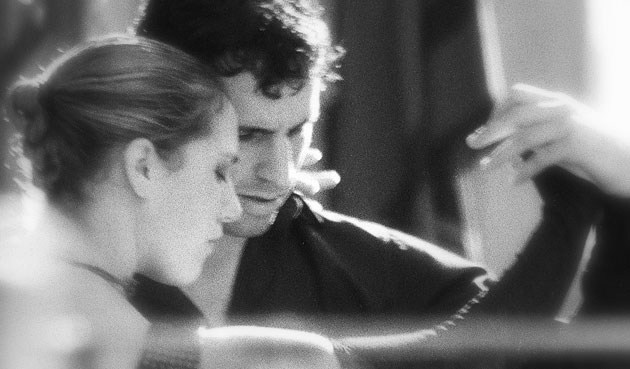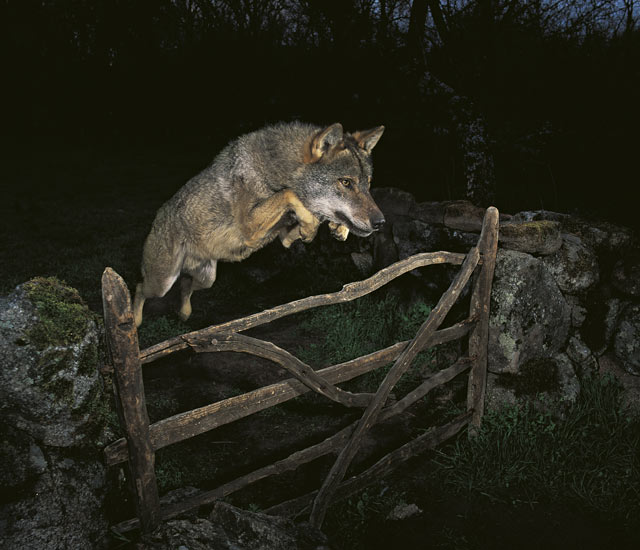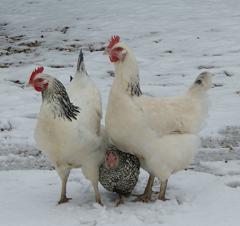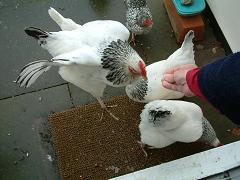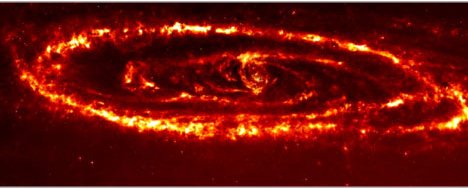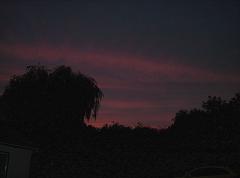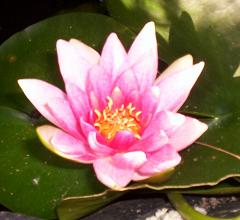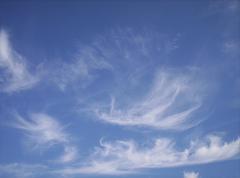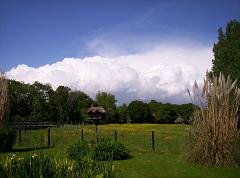|
|
|||
| Pic of the month | |||
| About Us | Vegetable garden | Fruit garden | Flower garden | Chicken diary | Recipes | Chick originals | |||
|
Remember, like all of the photographs on my website, you can double-click
on the image to open a full size version in a new window. My favourite photograph this month:
September 2008: Background to August 2008 pic: Astronomers have shed light on how stars can form around a massive black hole, defying conventional wisdom. The simulations show how the clouds are pulled apart by
the immense gravitational pull of the black hole. The
disrupted clouds form into spiral patterns as they orbit the black hole;
the spiral patterns remove motion energy from gas that passes close to the
black hole and transfers it to gas that passes further out. This
allows part of the cloud to be captured by the black hole while the rest
escapes. In these conditions, only high mass stars are able to form
and these stars inherit the eccentric orbits from the elliptical
disc. These results match the two primary properties of the young
stars in the centre of our galaxy: their high mass and their eccentric
orbits around the supermassive black hole. Background to March 2008 pic: A composite image of ultraviolet, green and deep red light shows the detailed structure of hot, moderate and cool stars in the spiral galaxy NGC 2770. Astronomers at the Large Binocular Telescope (LBT) in Arizona have released the first images taken using its two giant 8m diameter mirrors. The detailed pictures show a spiral galaxy located 102 million light-years away from the Milky Way. LBT has been 20 years in the making but promises to allow astronomers to probe the Universe further back in time and in more detail than ever before. Background to October 2006 pic: It may look like the Eye of Sauron from The Lord Of The Rings but this is actually the latest photograph of distant galaxy Andromeda. The infrared image, taken using NASA's Spitzer Space Telescope, reveals a dust ring deep within the galaxy which has never been seen before. Scientists believe it was formed 210million years ago when another galaxy, known as M32, collided with Andromeda. The collision has led scientists to reassess their belief that the galaxy is a perfect example of galactic tranquillity where not much happens. Andromeda, which is named after a mythological princess and is shrouded by a haze of cosmic dust, is 1.5 times bigger than our own Milky Way and 2.5 million light years away. Scientists predict the two galaxies will collide in about 3 billion years, with neither expected to survive. |
|||
|

